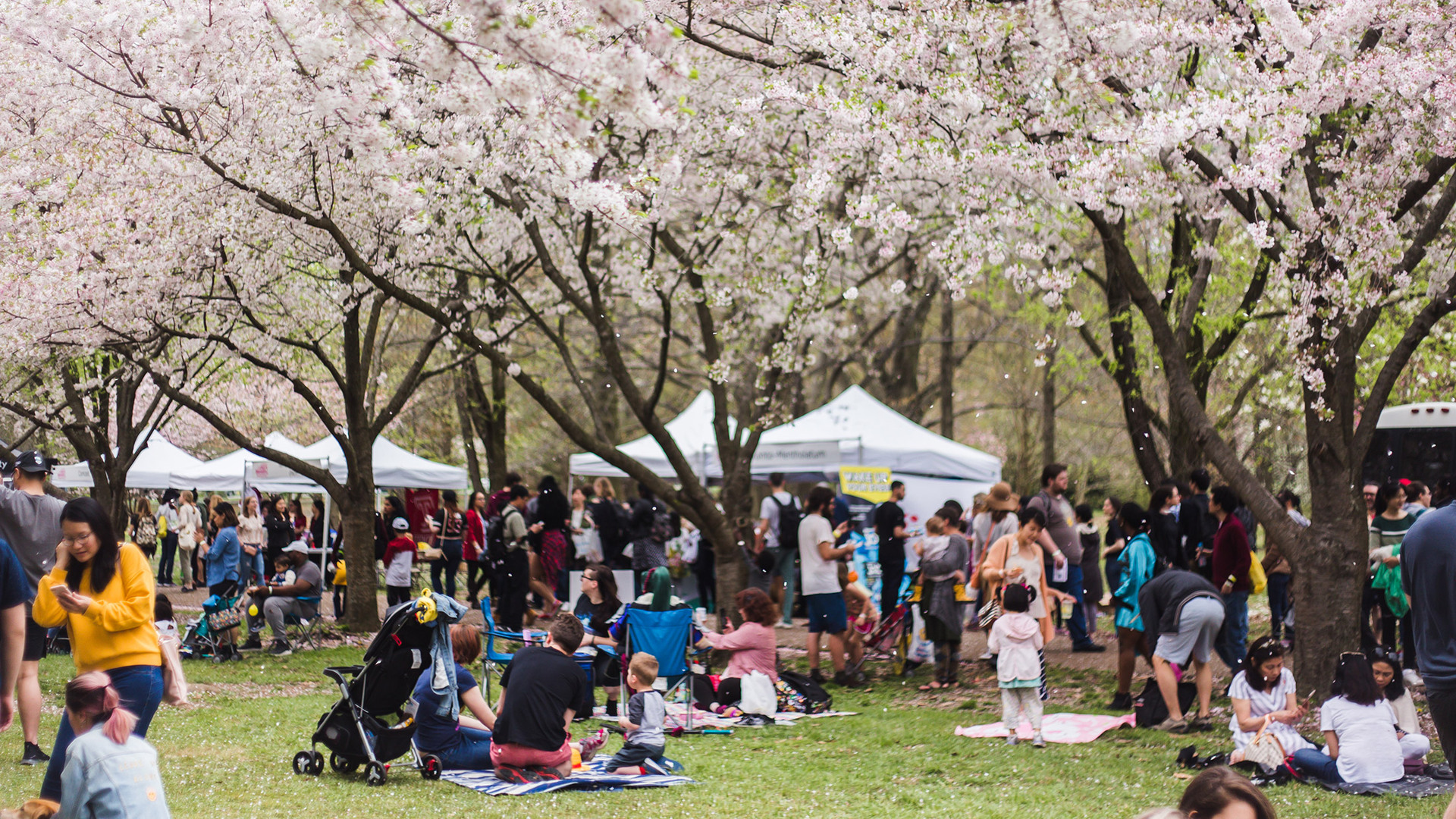
FAQ About Cherry Blossom Festivals
What is the significance of cherry blossoms in Japanese culture?
Cherry blossoms, known as "sakura" in Japanese, hold deep cultural significance and symbolism in Japanese culture. Cherry blossoms symbolize the transient nature of life. The short-lived blooming period (typically a week or two) represents the ephemeral beauty of existence and the fleeting nature of youth and human experiences.
The blossoming of cherry trees coincides with the arrival of spring, symbolizing renewal and the start of a new cycle. It marks the end of winter and the beginning of warmer, brighter days. Hanami, the tradition of flower viewing, is a centuries-old practice where people gather under blooming cherry trees to appreciate their beauty. This reflects a deep appreciation for nature and the changing seasons.
Cherry blossoms have been celebrated in Japan for centuries and are deeply ingrained in various aspects of Japanese art, literature, and traditional customs. They are frequently depicted in paintings, poetry, and literature. Cherry blossoms are considered a national symbol of Japan and are featured prominently in various emblems, logos, and cultural representations. The sakura is also the national flower of Japan.
Hanami festivals are held across Japan during the cherry blossom season. These festivals involve picnics, traditional performances, and illuminated night viewings of cherry blossoms. In addition to their aesthetic beauty, cherry blossoms are associated with good fortune, prosperity, and good luck in Japanese culture. Samurai, the historical warriors of Japan, admired cherry blossoms for their beauty and their short-lived nature, seeing a parallel with the impermanence of their own lives.
